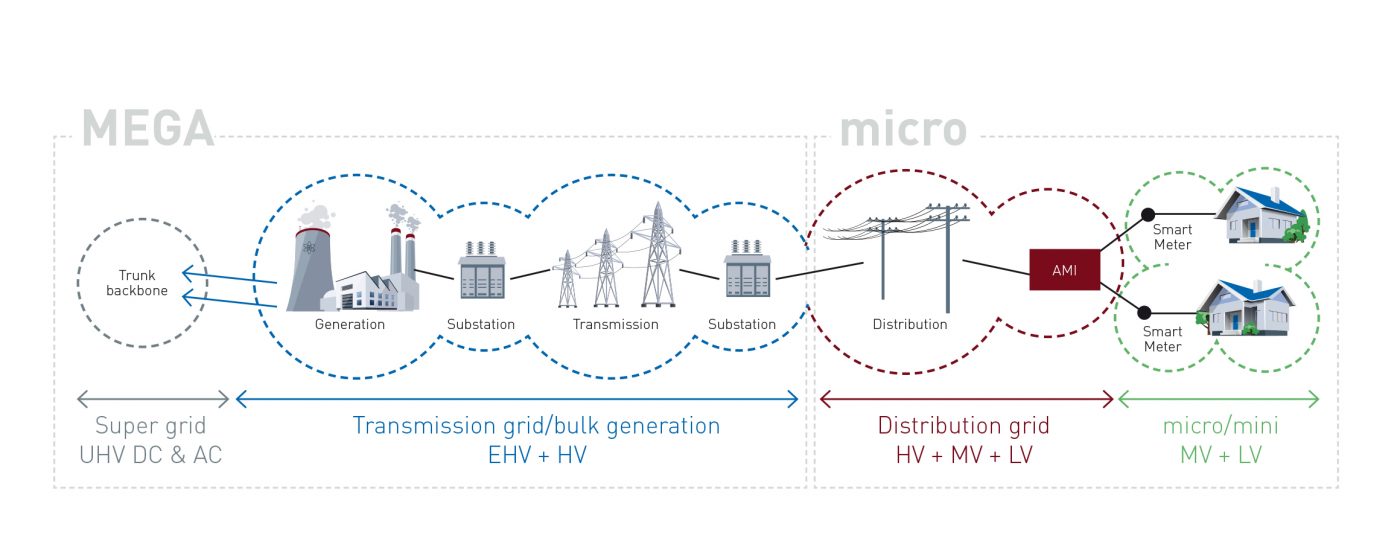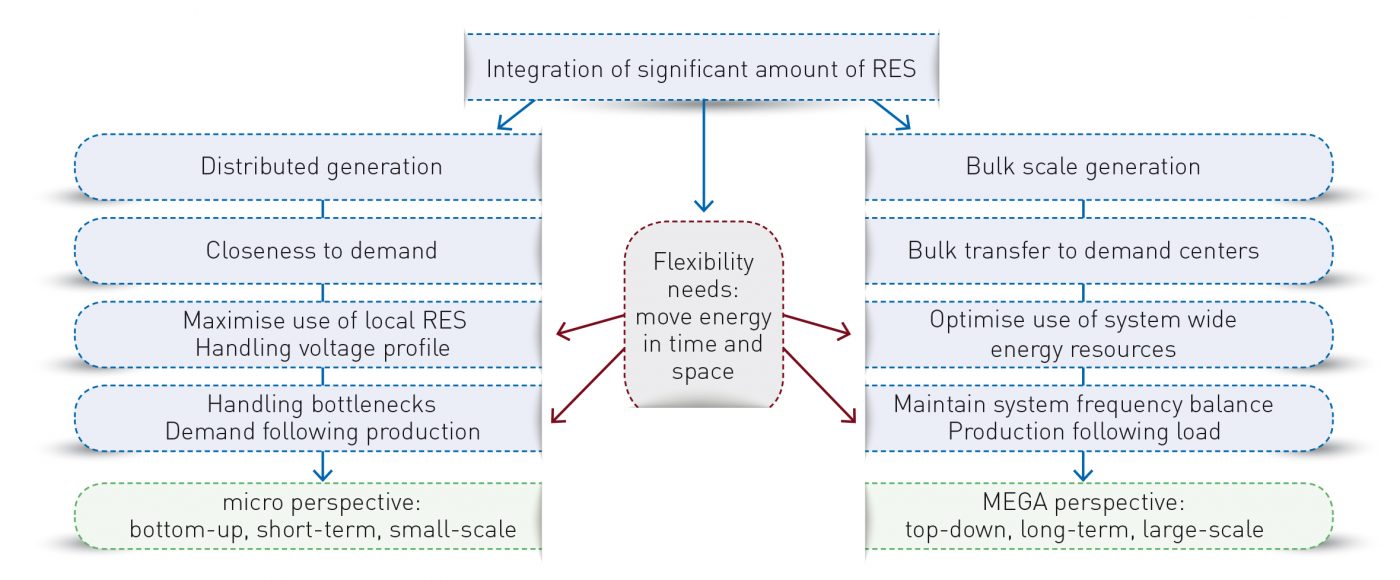This discussion paper identifies and consolidates the lessons learned from international projects, use cases, and best practices on TSO-DSO interaction. The results have been obtained from projects that are still in their early phases based on their preliminary findings as well as those that have reached their dissemination stages. Furthermore, this work aims to present a global view of developments of TSO-DSO interaction based on collaboration from stakeholders within the ISGAN community, as well as additional collaboration partners (TSOs, DSOs, project leaders, etc).
The main target audience is focused toward stakeholders who are familiar with the topic and will provide them with an overview and reference towards projects such that the lessons learned can be considered within future projects. The video provides a high-level overview which encapsulates the main findings, while this report forms a supplementary consolidation of the results in order to provide additional information in more detail.


 The participants at these two meeting days have shown a high level of engagement and it has been highly valuable to learn from each other. In short, we can conclude that these meetings were very productive and successful in gathering a large amount of knowledge.
The participants at these two meeting days have shown a high level of engagement and it has been highly valuable to learn from each other. In short, we can conclude that these meetings were very productive and successful in gathering a large amount of knowledge.